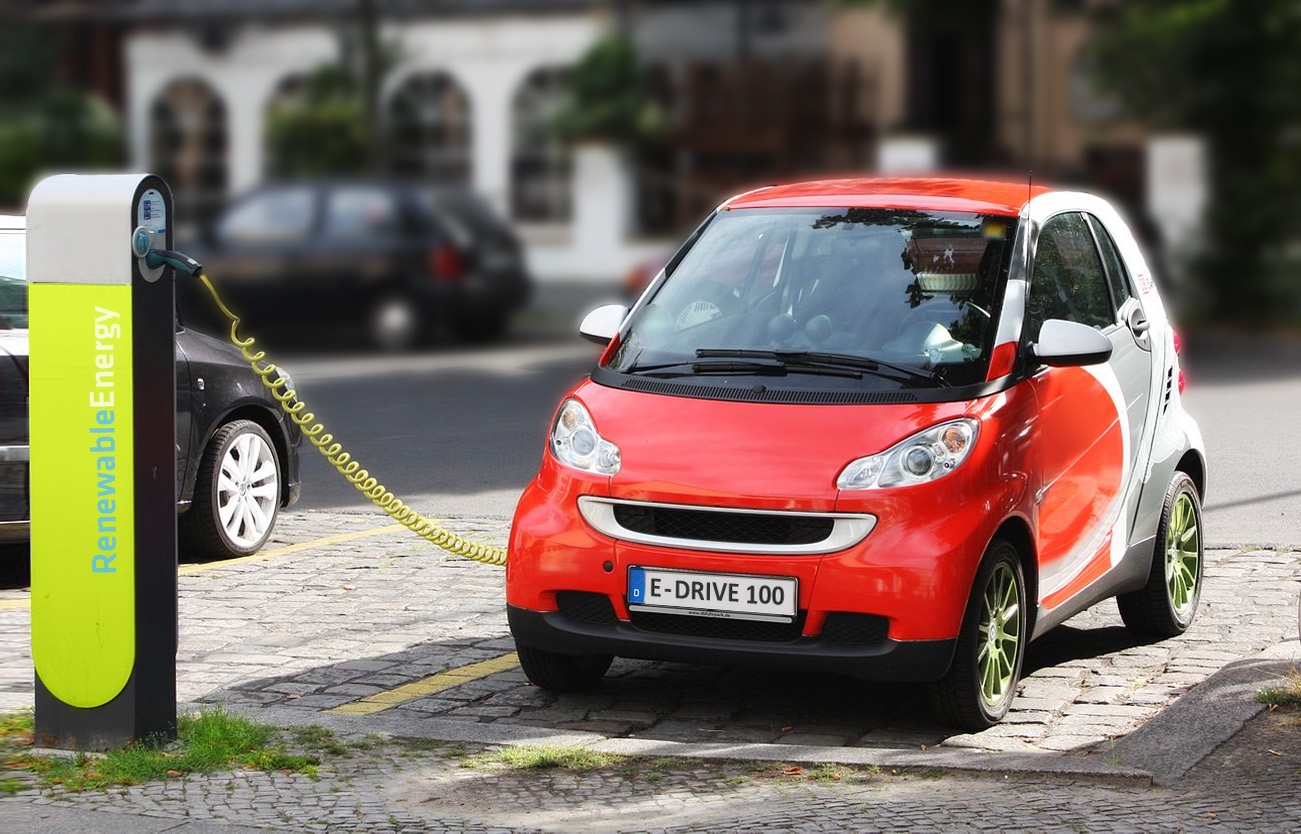
In fact, California, the state that shaped the nation's car culture, will phase out the sale of new gasoline cars by 2035. Gov. Gavin Newsom had signed an executive order stating just that last September after the state experienced a record-setting year of wildfires, which many claimed was due to climate change.
Now, major automobile makers like Tesla, Ford and Volkswagen plan to introduce several new electric models in the years ahead, spurred on by concerns about climate change.
But electric cars are not a silver bullet to climate change. On the contrary, the aggressive push towards making the nation's fleet entirely electric in the near future comes with its own set of challenges.
For one, charging a fleet of electric cars is not practical. During Black Friday 2019, there was a half-mile queue for an electric vehicle (EV) charging station in Kettleman City, California.
EV charging stations also use up huge amounts of electricity. In fact, just one charging station operating at full capacity requires about 10 megawatts (MW). This alone is enough to power 5,000 homes.
California already enforces rolling blackouts during wildfire season to keep the electric grid balanced. It would get easily overwhelmed with the added demand for electricity from the hundreds of charging stations that would need to be built throughout the state to power a fleet of electric cars every day.
In fact, converting passenger cars and trucks in California to run on electricity can raise the demand for power by as much as 25 percent.
However, experts point out that no electric grid can support such a demand for energy. Even if California were to be blanketed in massive solar and wind farms, there wouldn't be enough power to run charging stations.
Even the California Independent System Operator, which runs the grid, admitted that they do not have projections or specific analyses of the impact that Newsom's order would have on the electric grid.
Furthermore, California's solar and wind farms can generate just enough power to charge electric cars, even at peak production. This leaves no power for light and appliances inside the millions of homes in California.
Other challenges facing EVs
Despite claims that EVs are the future of transportation, the market for EVs has not exponentially grown. That could be because EVs are severely limited by a number of drawbacks, including higher upfront cost, long charging times and limited driving range, to name a few.
EVs are associated with higher price tags, and for good reason. The technology is still new and developing, and few automobile makers specialize in making EVs. With little to no competition to make prices more competitive, an EV could cost the average American a pretty penny.
Plus, recent sales figures show that consumers still prefer the internal combustion engine. In 2019, consumers worldwide bought 64 million new personal cars and 27 million new commercial motor vehicles. Only 2.1 million of these were electric.
EVs also have a limited driving range. Automobile makers have tried to address this problem by adding bigger batteries to their vehicles. But improvements in this regard hinge on the continued improvement of battery technology. (Related: GREEN is MEAN: Electric cars and other “green” tech is built on the backs of child slave labor.)
In addition, EVs take a long time to charge. The amount of time to charge an EV usually depends on its battery capacity and the amount of power running through the charging station. Many charging stations take at least two hours to fully charge an EV. Users would need to plan their charging times and trips more strategically.
Follow RoboCars.news to learn more about electric vehicles.
Sources include:
Please contact us for more information.






















